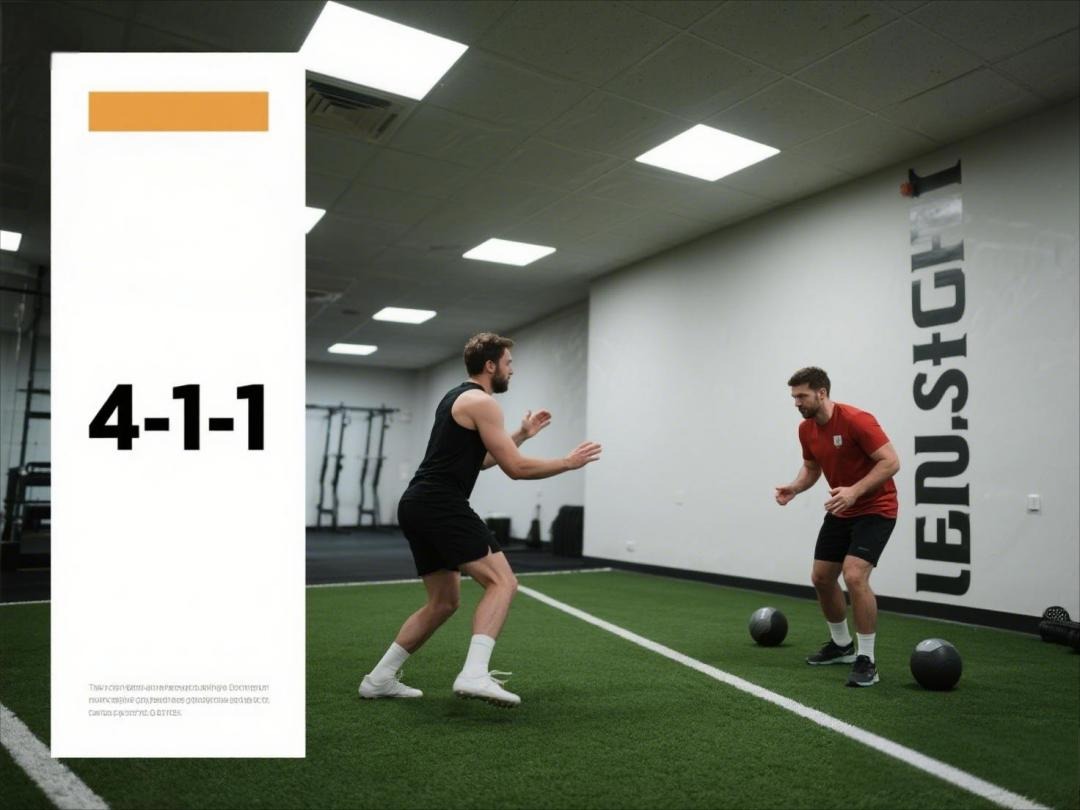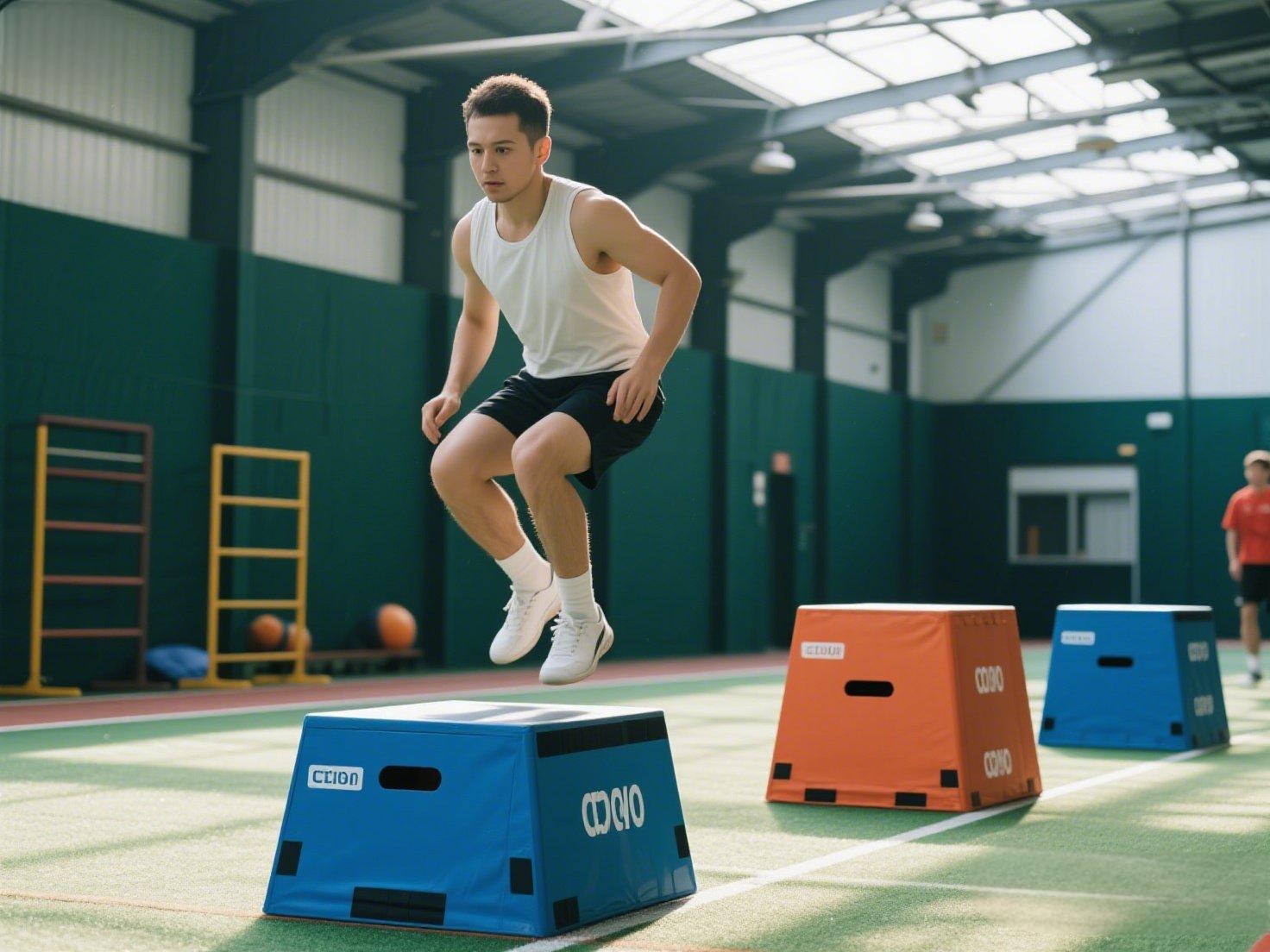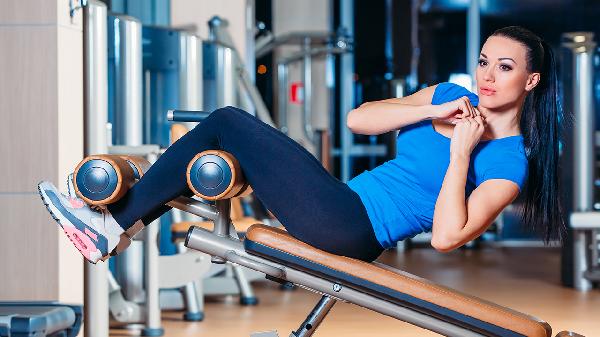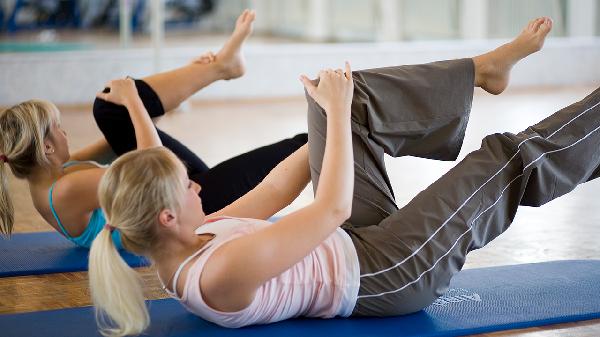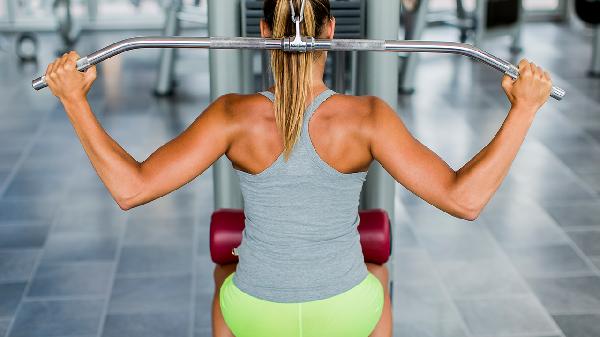If you've ever felt that tight, achy sensation in your calves after a long run, a tough workout, or even just a day spent mostly on your feet, the stair calf stretch is about to become your new best friend. This simple yet effective move targets the gastrocnemius and soleus muscles—the powerhouses behind every step, jump, and sprint—helping to relieve tension, improve flexibility, and even prevent injuries. All you need is a stair or curb, a little patience, and maybe some killer tunes to zone out to while you stretch.
Why Your Calves Deserve More Love
yet most of us only notice them when they’re screaming in protest. Tight calves can lead to a domino effect of issues, from plantar fasciitis to shin splints, and even mess with your posture. The stair stretch zeroes in on those overworked muscles, giving them the deep, controlled lengthening they crave. Plus, it’s a sneaky way to improve ankle mobility, which is clutch for everything from squats to sprinting.
Breaking Down the Perfect Stair Stretch
Here’s the lowdown on nailing this stretch like a pro: Start by standing on a step or curb with just the balls of your feet on the surface, heels hanging off the edge. Keep one leg slightly bent (this protects your knee) while straightening the other, then let that heel sink down until you feel a gentle pull along the back of your calf. No bouncing—this isn’t the ’80s. Hold for 30 seconds, switch legs, and repeat. For bonus points, try bending the back knee slightly to target the deeper soleus muscle, which is key for endurance athletes and desk jockeys alike.
Common Mistakes (And How to Fix Them)
Even the simplest stretches can go sideways if form isn’t dialed in. One major faux pas? Letting your foot roll inward or outward, which unevenly loads the calf and can strain the Achilles tendon. Keep your toes pointed straight ahead, as if you’re walking on a tightrope. Another oops moment: rushing the stretch. If you’re counting down the seconds like it’s a microwave timer, you’re doing it wrong. Breathe deep, relax into the tension, and let the muscle gradually release. And hey, if you’re wobbling like a baby giraffe, hold onto a railing—no shame in needing a little balance backup.
When to Stretch for Maximum Gains
Timing is everything. While some swear by pre-workout stretching, research suggests that dynamic moves (like leg swings) are better for warming up, while static stretches (like this one) shine post-exercise when muscles are warm and pliable. That said, if you’re dealing with all-day stiffness, a midday stair stretch session can work wonders. Just listen to your body—if it feels like you’re tugging on a guitar string about to snap, ease up. Discomfort is normal; sharp pain is a hard no.
Level Up Your Stretch Game
Once the basic stretch starts feeling too easy, mix it up. Try a single-leg version to really isolate each calf, or add a pulse (tiny, controlled dips of the heel) to increase blood flow. For yogis, pairing this with a downward dog or a runner’s lunge creates a next-level lower-body release. And if you’re rehabbing an injury or have crazy tightness, loop a resistance band around your forefoot and gently pull for an assisted stretch that’s easier on the joints.
Whether you’re a marathoner, a weekend warrior, or someone who just wants to walk without feeling like the Tin Man, the stair calf stretch is a no-equipment, anytime-anywhere fix for cranky calves. Stick with it, and soon enough, you’ll be moving smoother, recovering faster, and maybe even showing off those sculpted lower legs with pride. Now go find a step—your calves will thank you.

